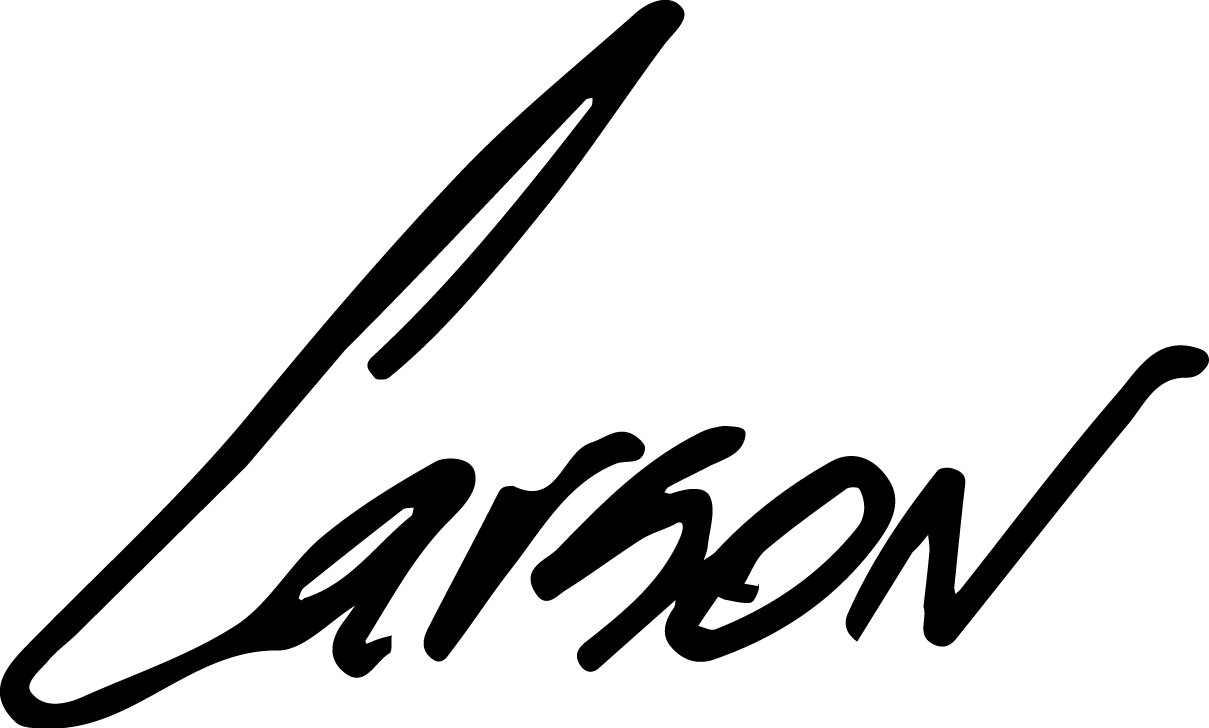Pistol Fundamentals - Part II - THE TRIGGER
Trigger control is possibly the simplest fundamental part of shooting, but at the same time it tends to be the hardest one to teach and get students to perfect. Trigger control is also, in my opinion, the MOST important part of making accurate shots.
The trigger is the mechanical link between your firearm and your body that makes the gun to boom. I'm not gonna bore you with how it works and all that technical jargon, but what I am going to do is tell you why it is so important and how you need to apply trigger control in real life to make accurate shots.
To make an accurate shot, when your sights are aligned and your grip is right, you have to pull the trigger smooth and straight back. Period. End of story. Sounds simple enough, right? Well let's talk about some factors that prevent you from obtaining a smooth and straight back trigger pull.
This is the most common reason people do not have a smooth and straight back trigger pull. The subconscious, or in many cases the conscious, knowledge that the firearm is fixing to go off causes a lot of people to anticipate the shot.
The gun is loud and it jumps in your hands, you anticipate that happening and you jerk or snatch the trigger, causing your shots to go all over the place. Remember, smooth and straight back.
The wrong grip can alter the smooth and straight back trigger pull.
Check out this post to make sure you have the proper grip.
Trying to shoot with the tip of your finger or down past your first knuckle joint makes it difficult to obtain the straight back trigger pull. When you are ready to shoot and place your finger on the trigger, your finger should make contact with the trigger somewhere on the pad of your finger between the tip and the first knuckle joint. For me it's about 3/4 of the way down from the tip of my finger and the first knuckle joint.
You are standing in your firing position and ready to shoot.
Imagine a smooth, squeeze of the trigger straight back into the center of your chest.
Trigger control takes practice.
Start out by dry firing. With an UNLOADED and CLEARED gun, get the right grip, then aim at the target.
When your sights are aligned and your arc of movement is as small as you can get it, start applying pressure to the trigger - once again - smooth and straight back (I'm saying those words a lot because they are soooooooooooooo important).
When the trigger breaks the gun should not move, it should almost be a surprise.
If the gun didn't move then that would have been a good shot.
Practice your trigger control with dry fire over and over before you go hot. Once you go hot you CANNOT anticipate the shot. Be smooth just like you were when you were dry firing.
Watch this quick clip to see proper trigger control in action.
There are more finer points of trigger control. Guns have different triggers. A 1911 does not have the same trigger as a Glock, but that is a topic for another day. Right now I want you to practice a smooth and straight back trigger pull. Dry fire, then live fire no matter what gun you use or carry.
Remember, there should be NO movement of the gun from the time you start applying pressure to the trigger all the way through the moment the trigger breaks.
I've created a FREE Live Fire Practice Strategy download.
Click the Trigger Control Drill image below and start practicing!
In the end, the trigger is absolutely key in making accurate shots, fast or slow.
Work on it, master the fundamentals and put them to work, be ready to protect what is precious to you or compete at a high level.
Next week we will leap into sight alignment. Until then, we'll see ya on the range.






